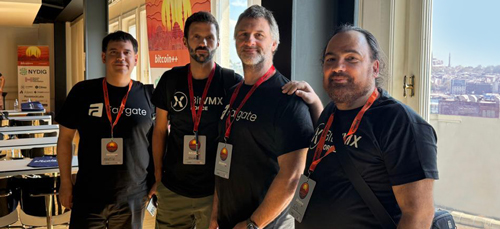Computing on Bitcoin #56
September 12, 2025 - Week 37
Welcome to another edition of Computing on Bitcoin News, your weekly window into the ideas and infrastructure pushing Bitcoin into its next phase.
We spotlight the updates that matter for those building at the frontier of programmable Bitcoin.
Let’s dive in.
Thanks for reading this edition of Computing on Bitcoin News.
Week by week, the technical foundation for programmable, trust-minimized Bitcoin is growing stronger, and we’re here to help you stay ahead.
We’ll be back next Friday with more updates from the builders, researchers, and protocols shaping what comes next.
The Fairgate Team






